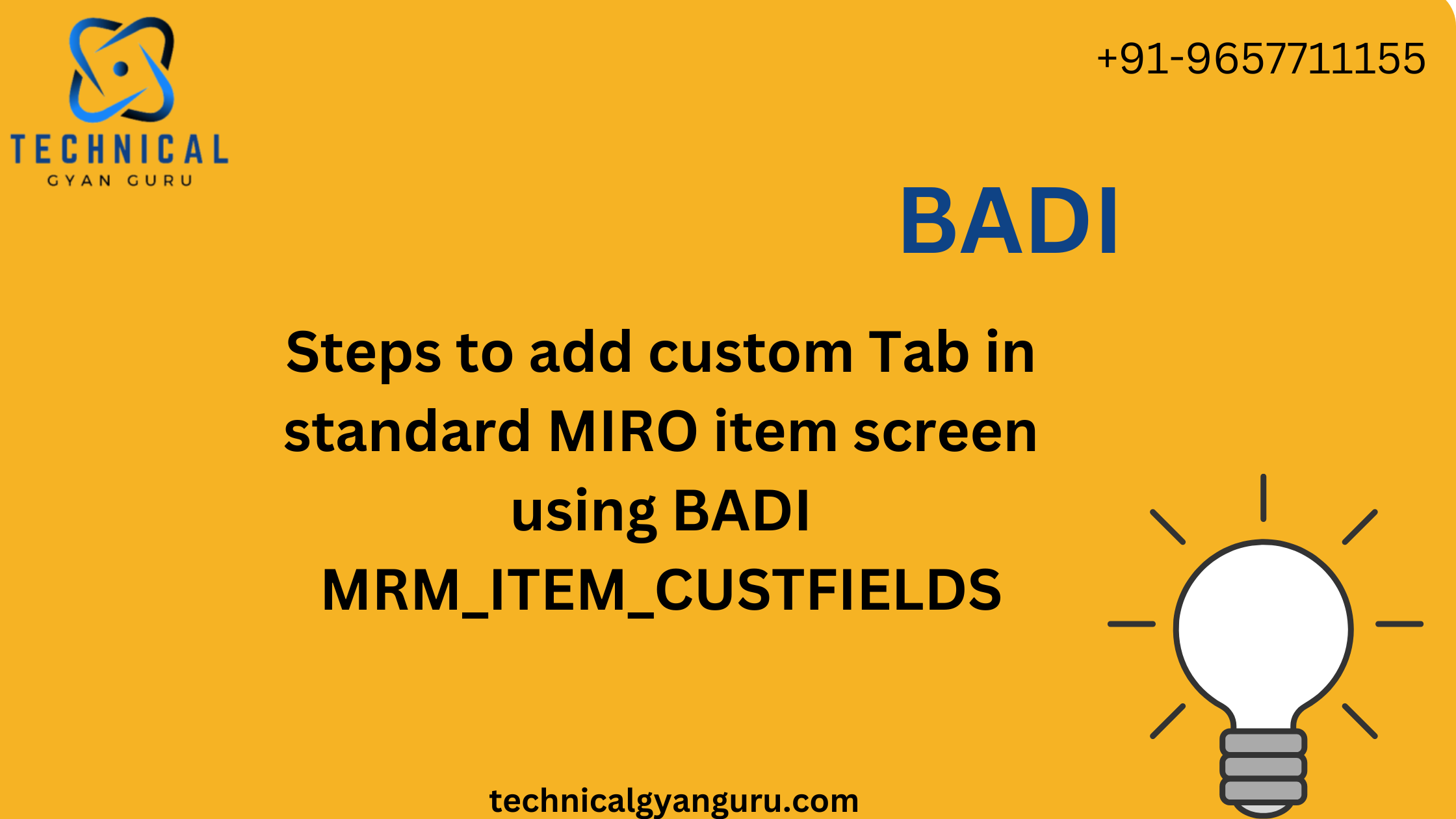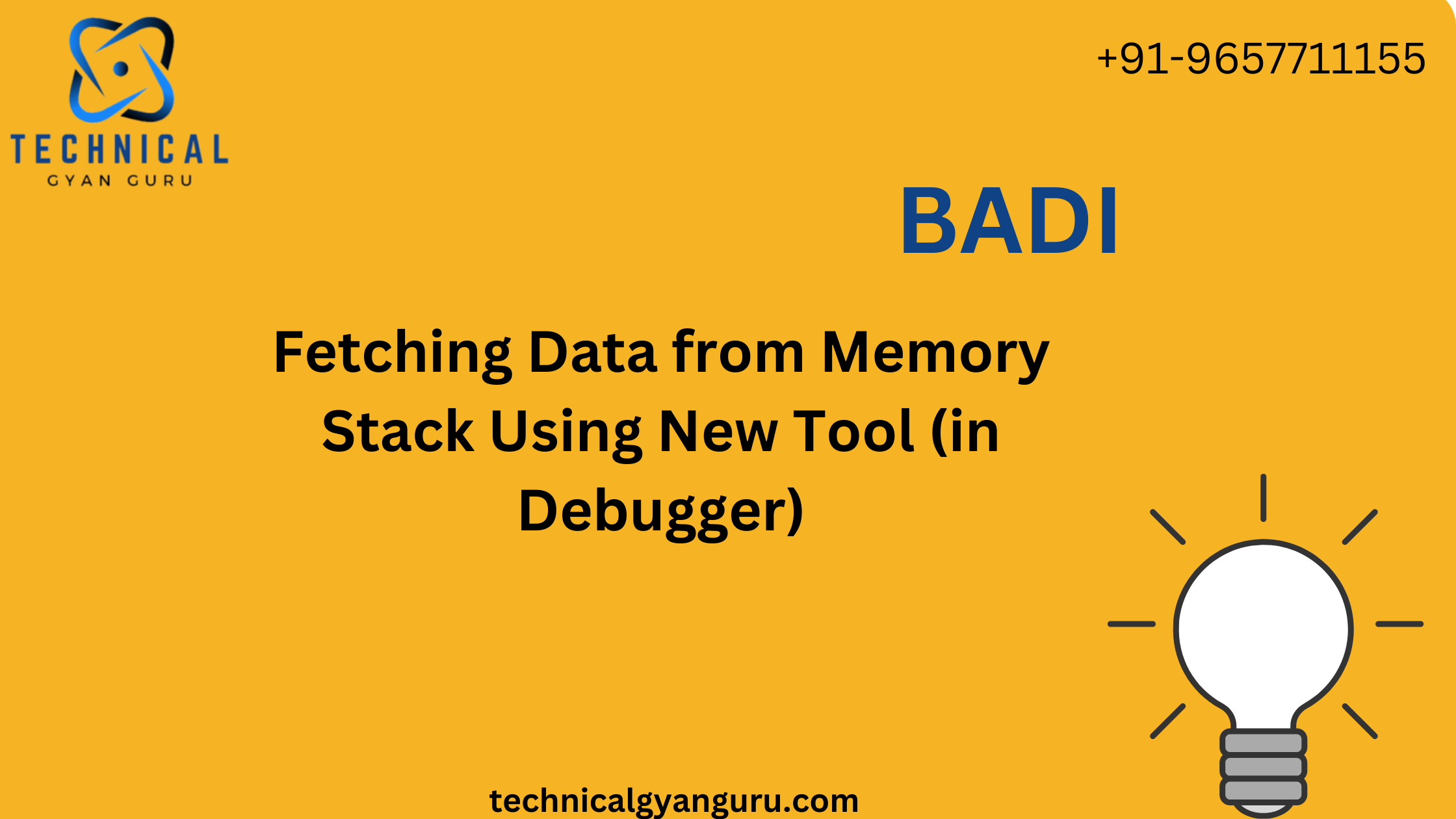Introduction: Personnel Structure in SAP HCM
Personnel Structure in SAP HCM: In the fast-paced world of Human Capital Management (HCM), the ability to effectively manage personnel data is crucial for organizations striving to optimize their workforce. SAP Human Capital Management (HCM) stands out as a comprehensive solution, and at its core lies the concept of Personnel Structure. This organizational framework provides a systematic approach to managing personnel data, ensuring that HR processes are executed with precision and agility.
Defining Personnel Structure in SAP HCM:
Personnel Structure in SAP HCM represents the organizational hierarchy for managing personnel-related information. It serves as the backbone for defining and organizing employee data, facilitating efficient HR processes, and ensuring compliance with organizational policies and regulatory standards.
Key Components of Personnel Structure:
- Employee Group: Employee groups categorize individuals based on common characteristics, such as their employment status or type. Examples include permanent employees, temporary staff, or interns. Each employee group is associated with specific HR policies and rules.
- Employee Subgroup: Employee subgroups provide further differentiation within employee groups. They allow organizations to categorize employees based on factors like job roles, contractual terms, or specific employment conditions. Employee subgroups help tailor HR processes to meet the unique requirements of different employee categories.
- Payroll Area: The payroll area is a crucial element in the Personnel Structure, defining the scope for payroll processing. It helps determine which group of employees is processed together for payroll calculations, ensuring accurate and timely salary payments.
- Organizational Assignment: Organizational assignment involves associating employees with specific organizational units within the company. This linkage ensures that personnel data is aligned with the organizational hierarchy, facilitating efficient reporting and analysis.
- Work Schedule: Work schedules define the standard working hours, break times, and other relevant time-related information for employees. Assigning work schedules to employees within the Personnel Structure ensures consistency in attendance and absence management.
Benefits of a Well-Defined Personnel Structure:
- Efficient HR Operations: A well-organized Personnel Structure streamlines HR operations, making it easier to manage personnel data, execute payroll, and administer benefits. This efficiency translates to time and cost savings for HR departments.
- Policy Compliance: Personnel Structure supports the implementation of HR policies and compliance requirements. By aligning employee groups and subgroups with specific policies, organizations can ensure consistency and adherence to regulatory standards.
- Accurate Reporting and Analytics: The structured organization of personnel data allows for accurate reporting and analytics. HR professionals and decision-makers can generate meaningful insights into workforce demographics, performance, and other critical metrics.
- Flexibility for Organizational Changes: A well-defined Personnel Structure offers flexibility to accommodate organizational changes. Whether it’s the addition of new employee categories or modifications to existing policies, the structure can adapt to evolving business needs.
- Enhanced Employee Experience: Employees benefit from a well-structured Personnel System as it ensures accurate and timely processing of HR-related transactions, leading to a positive employee experience.
Challenges and Best Practices:
Implementing an effective Personnel Structure in SAP HCM may present challenges such as data accuracy, system complexity, and user training. To address these challenges, organizations should invest in comprehensive training programs, data validation processes, and periodic reviews of the Personnel Structure to ensure alignment with evolving business needs.
Conclusion:
In the realm of SAP HCM, a well-designed Personnel Structure is the key to unlocking the full potential of an organization’s workforce. By defining clear employee groups, subgroups, and other components, businesses can ensure that HR processes are executed with precision, compliance, and efficiency. As organizations continue to prioritize talent management, a robust Personnel Structure in SAP HCM remains instrumental in nurturing and maximizing the potential of their most valuable asset—their people.


 I…
I…
 The simple answer is that not all people…
The simple answer is that not all people…




